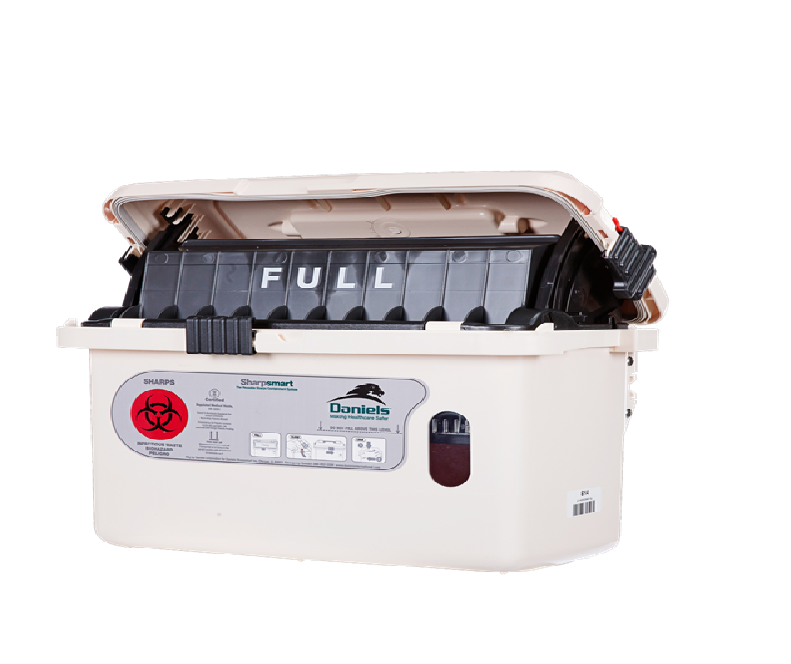Healthcare providers always face the challenge of medical waste disposal. There are authorities who regulate the disposal of biohazardous waste. This includes the Health Insurance Portability and Accountability Act or HIPAA. Local, state, and federal regulations also apply.
What is biohazardous waste?
Biohazardous medical waste contains infectious material. Any material that might be infectious is also considered as biohazardous waste. Such as waste produced by dental offices and hospitals. Laboratories and medical research offices produce medical waste, too. As well as veterinary clinics and private practice doctor offices.
- Solid biohazardous waste
Any non-sharp material that contains human or animal specimens belong here. These materials include towels, linens, and Petri dishes. Sharp objects such as scalpels and needles are always managed one by one.
- Disposal of solid waste
Healthcare professionals collect solid waste in a designated container. This is often lined by an autoclave bag. Personnel marks the autoclave bag with the biohazard symbol. The solid waste can on site is then decontaminated by autoclaving. Then they dispose of it as regular medical waste. They send it to a pre-approved landfill. A waste management company collects it if personnel does not decontaminate onsite. The Medical & Biohazardous Waste Disposal in West Virginia then disposes of it.
- Liquid biohazardous waste
This is body fluids or blood that may contain an infectious agent. Healthcare personnel can dispose of it as solid waste if the liquid is less than 25 milliliters. The method below applies to any amount of over 25 milliliters.
- Disposal of liquid waste
Liquid biohazardous waste must be in leak-proof containers. Healthcare personnel must secure the container. The container should be then labeled as a biohazard. The liquid container is usually placed in a secondary container such as a tray or bucket. Personnel disposes of most liquid waste by using bleach to treat it. They can also autoclave it as a liquid biohazard. Liquids containing body fluid and chemical waste are exceptions. Medical waste disposal provider will take care of that.
- Microbiological waste
This is most common in laboratories. Disposable culture dishes and specimen cultures are examples of this. It also includes discarded viruses and devices that technicians use to mix cultures. This contains infectious agents, microorganisms, and biologicals. It also includes discarded causal agents created by biological and antibiotics production. These may contain pathogenic organisms.
- Disposal of microbiological waste
Most hospitals autoclave their microbiological wastes. Then the personnel takes those to the waste storage area. Personnel treats them in various ways onsite. It depends on what category the waste is under.
Medical and biohazardous waste needs careful disposal and containment before it gets collected. Failure to manage regulated waste could result in hefty fines. As well as penalties from the Health Department.

